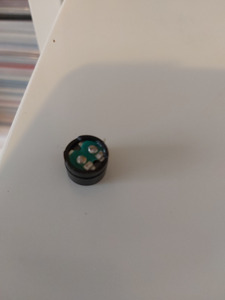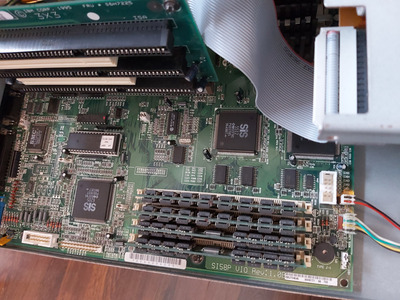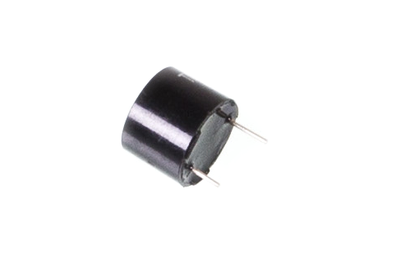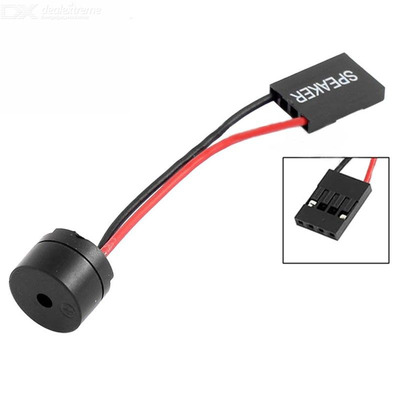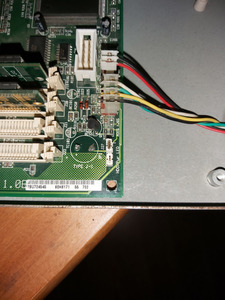First post, by DoutorHouse
- Rank
- Newbie
So, while installing new RAM on my IBM Aptiva, I accidentally pushed the pc speaker on the side of the motherboard and it fell out of place... I tried to move it back in place but it was soldered to the motherboard and it completely came out... Was thinking of getting another one but my motherboard doesn't have any place to connect one (with 4 pins), just a 2 pin jumper to enable/disable the soldered speaker...
Is it wise to ask someone to try to solder it back into place? I have another one with two wires (red and black, exactly like the one in the picture) and that would be probably easier to solder back into the motherboard but then where would i place the speaker? It's magnetic and i don't want to damage the motherboard even further...
My speaker looks like this one... except it does not have the wires, because it was soldered into the motherboard:
Any help is appreciated!! Thanks!
